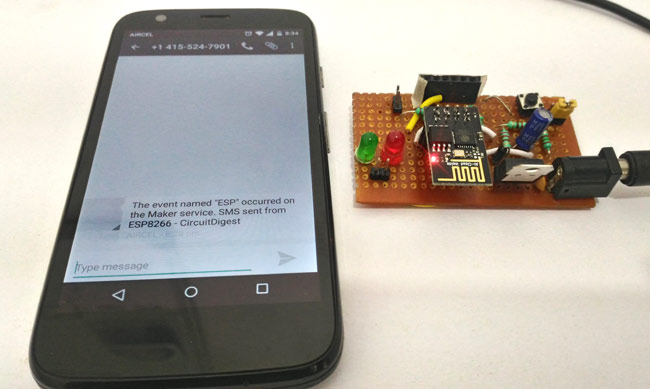Ralph6410
Newbie
I, like a lot of people have a garage door opener. And, like a lot of people likely wonder if the garage door is closed after they drive away. Did I or did I not activate the switch? So, it would be nice to have an indicator light that would tell me the switch was used in.. say the last 4~10 minutes.
So.. would like to have some help with the schematic required. Seems simple enough but what I think I want
The garage door opener is run by a 9 volt battery and would be the power supply for any additions.
Thank you for any advice
So.. would like to have some help with the schematic required. Seems simple enough but what I think I want
- When door opener is used > a timer is activated that turns on a small LED
The garage door opener is run by a 9 volt battery and would be the power supply for any additions.
Thank you for any advice

